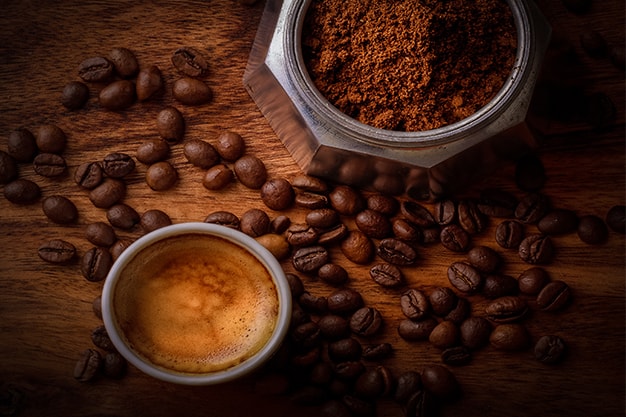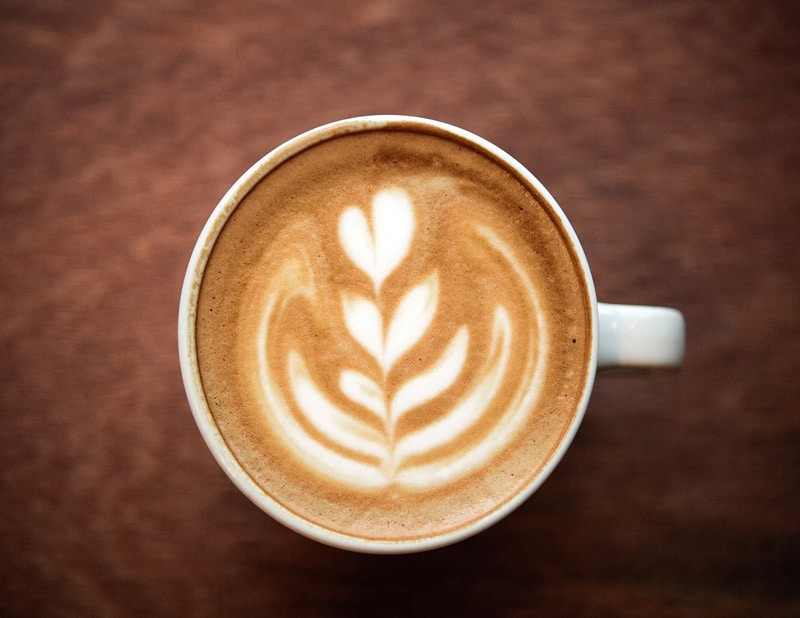
The holiday season is officially here—and there’s no better way to embrace the magic of Christmas than with a warm mug of specialty coffee. Whether you’re hosting festive gatherings, enjoying slow mornings by the tree, or searching for the perfect gift for the coffee lover in your life, Christmas coffee traditions bring a special kind […]

Thanksgiving is one of our favorite times of the year—not just for the cozy sweaters, the laughter around the dinner table, or the unmistakable aroma of pumpkin pie drifting through the house. It’s a season that reminds us to slow down, savor the moment, and appreciate the small comforts that make life meaningful… like an […]

Espresso is one of the most iconic and beloved ways to enjoy coffee. From a quick morning pick-me-up to the base for your favorite lattes and cappuccinos, espresso is at the core of café culture around the world. But what exactly is espresso, and what makes it so unique compared to a regular cup of […]

There’s nothing quite like the aroma of freshly roasted coffee—that rich, comforting scent that fills the air the moment you open the bag. But how you store your coffee after that first scoop makes all the difference in preserving its flavor, aroma, and body. Whether you’re a home barista or managing a café, proper storage […]

There’s nothing quite like a silky latte to start your day — smooth espresso, creamy steamed milk, and that cozy café vibe in a cup. But what if you could skip the coffee shop line and create the same indulgent experience at home? With fresh roasted coffee beans, the right equipment, and a splash of […]

















